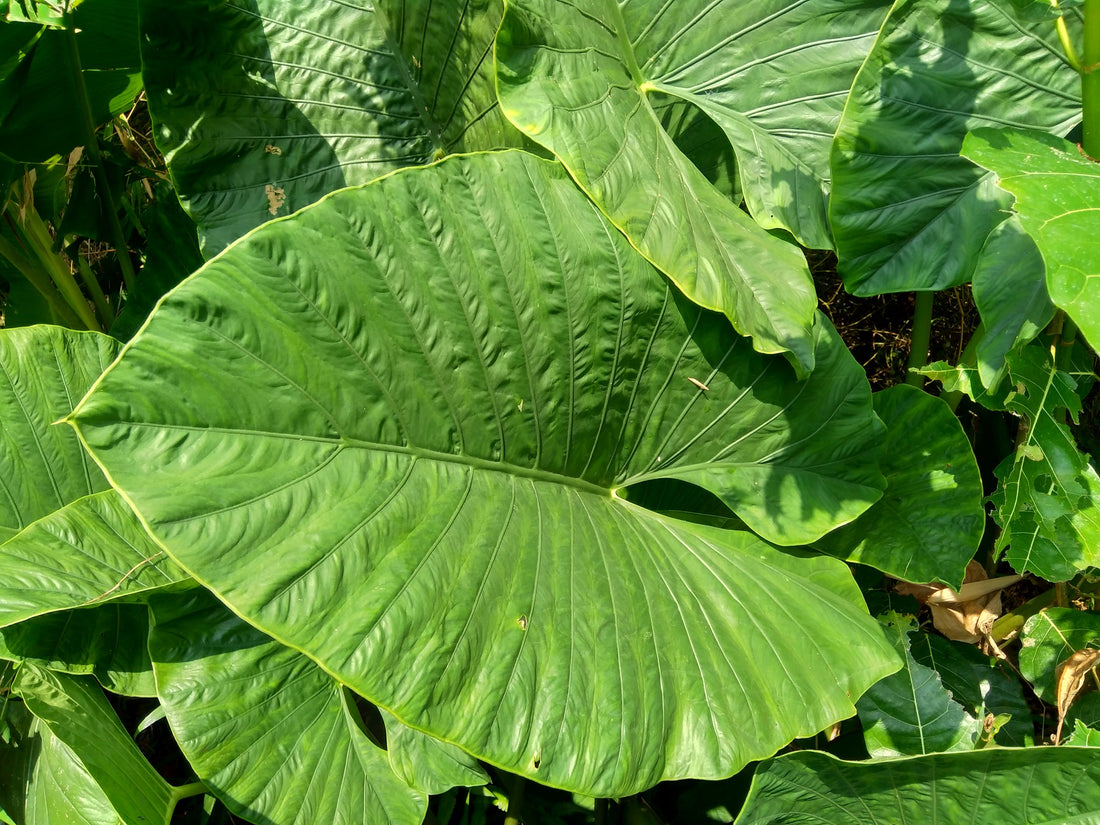In the realm of horticulture, the once-familiar Colocasia Gigantea has undergone a scientific metamorphosis and is now officially recognized as Leucocasia gigantea.
This transformation includes its relocation from the Colocasia group to its distinguished section within the Araceae family, commonly known as Aroids.
Colocasia Gigantea (Thailand Strain) stands out as a unique and imposing member of the Araceae family, which encompasses an array of extraordinary plants, including Amorphophallus (voodoo lilies), Alocasia, Colocasia (elephant ears), and Spathiphyllum (peace lilies).
Native to tropical regions of Asia, such as China, Thailand, and Borneo, Colocasia gigantea plays a vital role in the ecosystem.
The petioles, or stems, serve as a valuable food source for locals, especially in areas with challenging soil conditions.
Introduced to the United States in 2003 by Alan Galloway and Petra Schmidt, who brought back seeds from an expedition to Thailand, Gigantea has swiftly transitioned from obscurity to becoming a sought-after plant, recognized by name among the general public by 2010.
Leucocasia Gigantea has made a significant impact in the world of horticulture, captivating the attention of many gardens with its commanding stature.
Towering over other Colocasia species, it boasts remarkable leaf size and height. Below, we delve into the distinctive aspects of this plant based on my own experiences in cultivation.
Leucocasia Gigantea demonstrates an extraordinary growth rate, standing as one of the fastest-growing plants in my observation. Planted in the ground, 4-inch specimens have been known to reach staggering heights of 8 to 10 feet in a single season, a remarkable feat, especially in the climate of Kentucky, where this transformation occurs within 5 to 6 months.
The splendor of Leucocasia Gigantea is truly revealed in its mature foliage, which can reach impressive dimensions of 4 to 5 feet in length and 2 to 4 feet in width. What sets it apart is the strikingly pronounced veins and mid-veins, a distinctive feature not commonly found in most species. The leaves themselves boast a captivating palette, ranging from a light aqua green to glaucum color.

1 commento
Hi, I just received my Leucocasia gigantea seeds and I wonder if I put them in water or in a moist soil for germination? Thanks a lot!